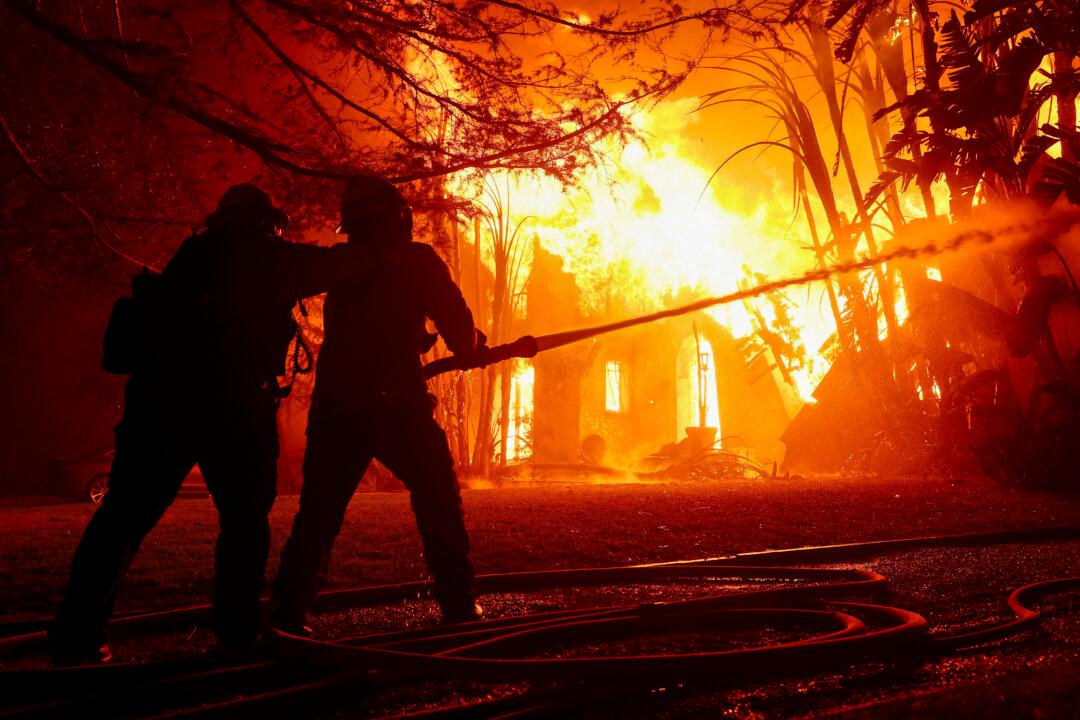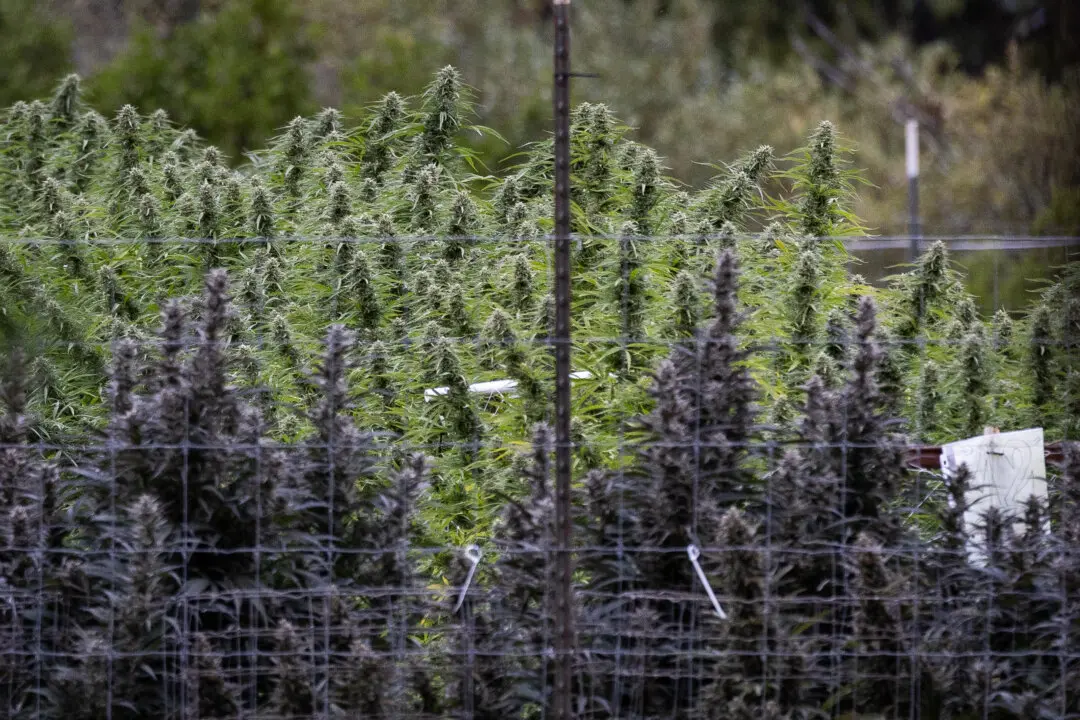Wind gusts of up to 100 miles per hour, with sustained winds as high as 83 miles per hour in some places, are endangering communities in Los Angeles County as four fires are burning in the area and the death toll continues to rise.
Five people have been reported killed in the fast-moving Eaton Fire that has burned 10,600 acres in Pasadena and Altadena, according to Los Angeles County Sheriff Robert Luna.





